SEASON 5, EPISODE 3
Cultural expression can take various forms, ranging from art and music to food delicacies, language, and attire worn by individuals in specific geographic regions.
Cameroon is a culturally diverse nation with over 240 ethnic groups and linguistic tongues. This diversity is reflected in the unique clothing styles worn by individuals from each ethnic community.
On today’s episode of Learn Africa, we will be looking at some traditional attires worn by people in Cameroon.
Toghu
The toghu or atoghu is a traditional attire originally worn by esteemed individuals at events, and originates from the North West region of Cameroon, including Bamenda, Tikar, and Ngemba. It features an intricate, handwoven design with geometric patterns and striking colours often black, white and red, and sometimes multicoloured. The designs can vary and symbolize diverse cultural aspects.
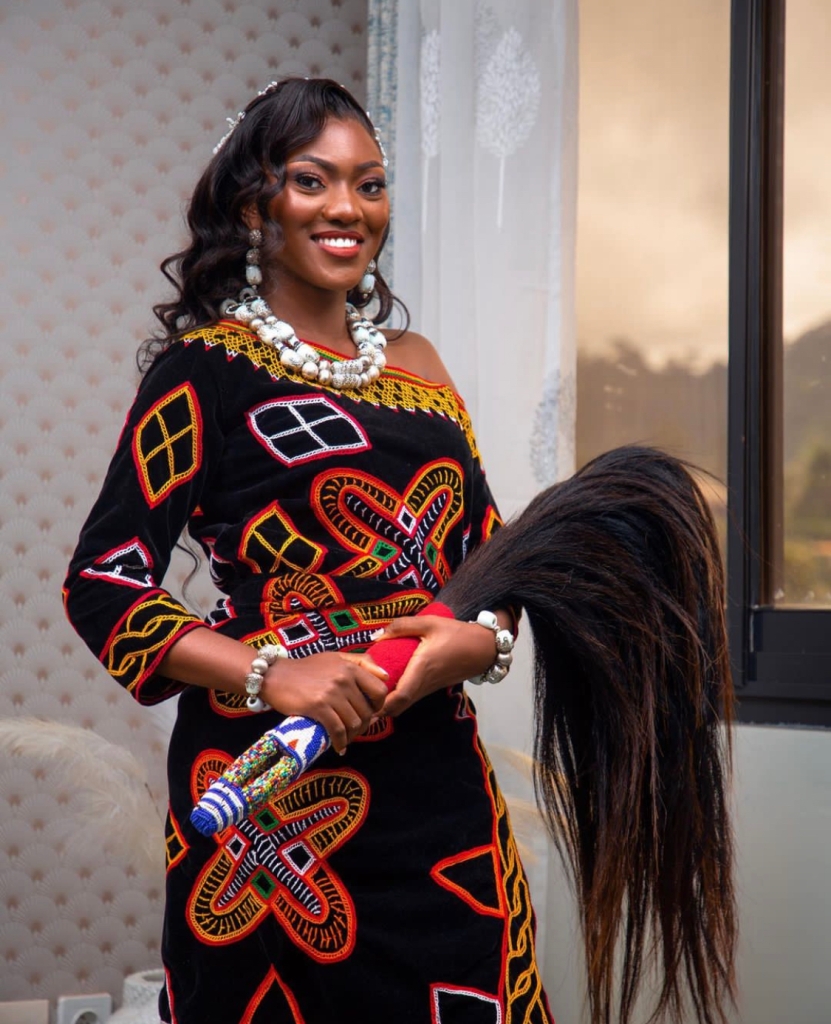

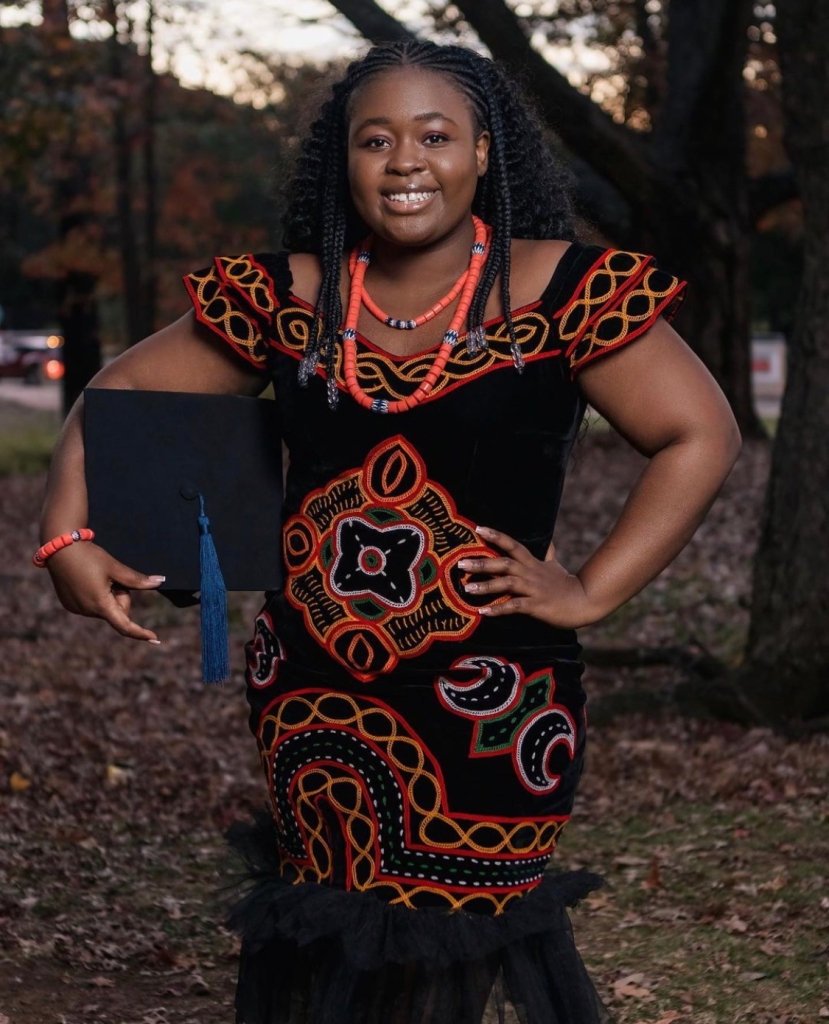
Toghu styles and lengths differ by gender: women wear full-length gowns with a headscarf to match while men make the toghu fabric into shirts and pants.
Over time, the atoghu attire has gained international recognition as a significant Cameroonian attire. Cameroonian athletes have proudly worn it at opening ceremonies of sporting events, including the Olympics, and celebrities have showcased this unique traditional costume on their pages and at events while embodying the unity, strength and rich heritage of the Cameroonian culture.
Kaba Ngondo
The Kaba is a full length female clothing worn alongside a headgear and is the traditional attire worn by ethnic groups in the Southwestern and Central regions of Cameroon. It is common among the Sawa ethnic group especially among the Duala, Malimba, Bakweri, Bassossi, Bakossi, Ewodi people and ethnic groups.
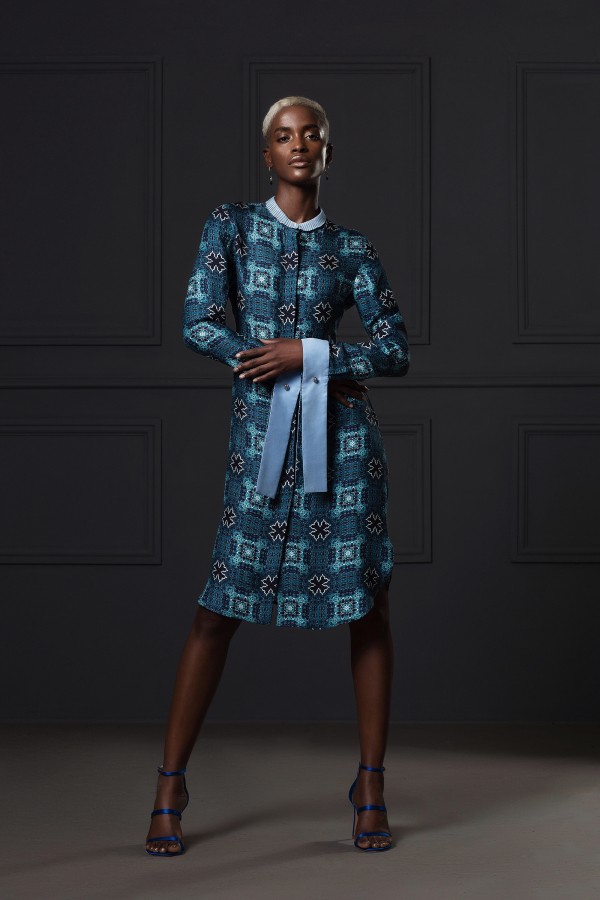

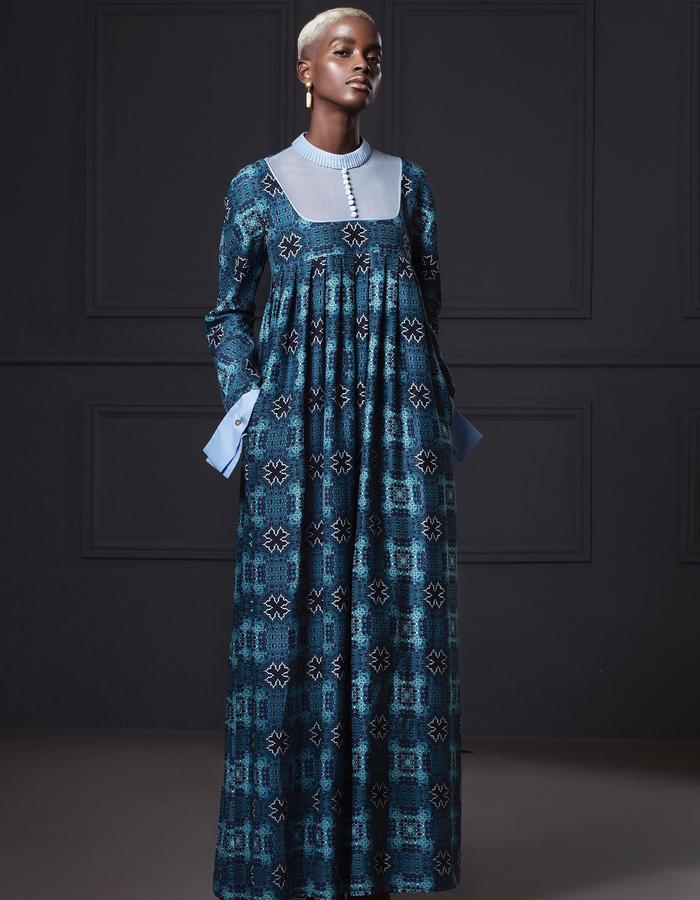
There are several types of Kaba Ngondo, including the misodi (house kaba), mindènè (ceremonial kaba), mukuku (elegant kaba). It can also be characterized by the type of style or design by different ethnic groups e.g. the Bonamikengue’s kaba has ants as a motif, that of Wouri Bassa’s has names of the 23 villages found under it while Bonadoumbe’s kaba has a design of a hoe and cassava leaves.
Sandja
Sandja is a brightly coloured piece of clothing which comes with different designs and patterns, worn by men in the loin region as a dress along with a shirt. It is worn during occasions and is common among most ethnic groups in the Southwestern and Littoral regions of Cameroon and helps to differentiate people from this region from other parts.

Examples of people that wear this traditional attire can be found among the Sawa, Mankon, Bafut, Bakossi and Bamileke ethnic groups of Cameroon, and sometimes entirely differ from one ethnic group to another based on the dress patterns, symbols, embroideries and designs.
Obom
The Obom is a traditional attire which is common with the Fang-Beti, Bantu ethnic groups scattered in the southern, central and eastern regions of Cameroon. It is made from tree bark, specifically the ‘aloa’ tree, a soft white wood having a fibery bark and is widely spread in the equatorial forest. The layers of the tree barks are treated into sheets, beaten and processed to make fabrics for clothing.
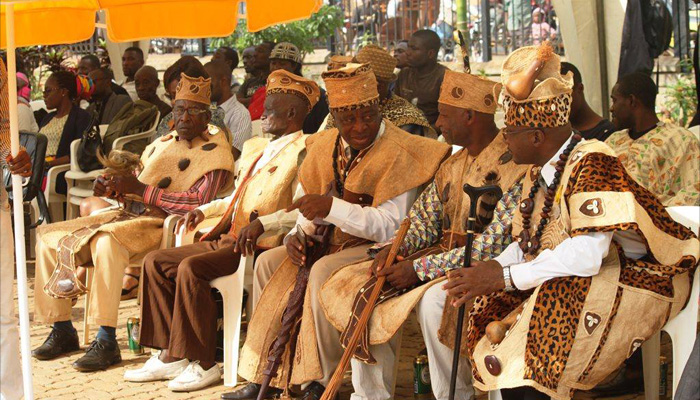
The obom is worn as ordinary clothing but has gained popularity and has been transformed into different styles and patterns, worn during special functions.
Ndop
Ndop is a unique and rare piece of clothing that can be traced to the Bamileke ethnic group in the Western region of Cameroon. It is characterized by its distinctive natural dye, having a combination of symbols and designs printed on it.
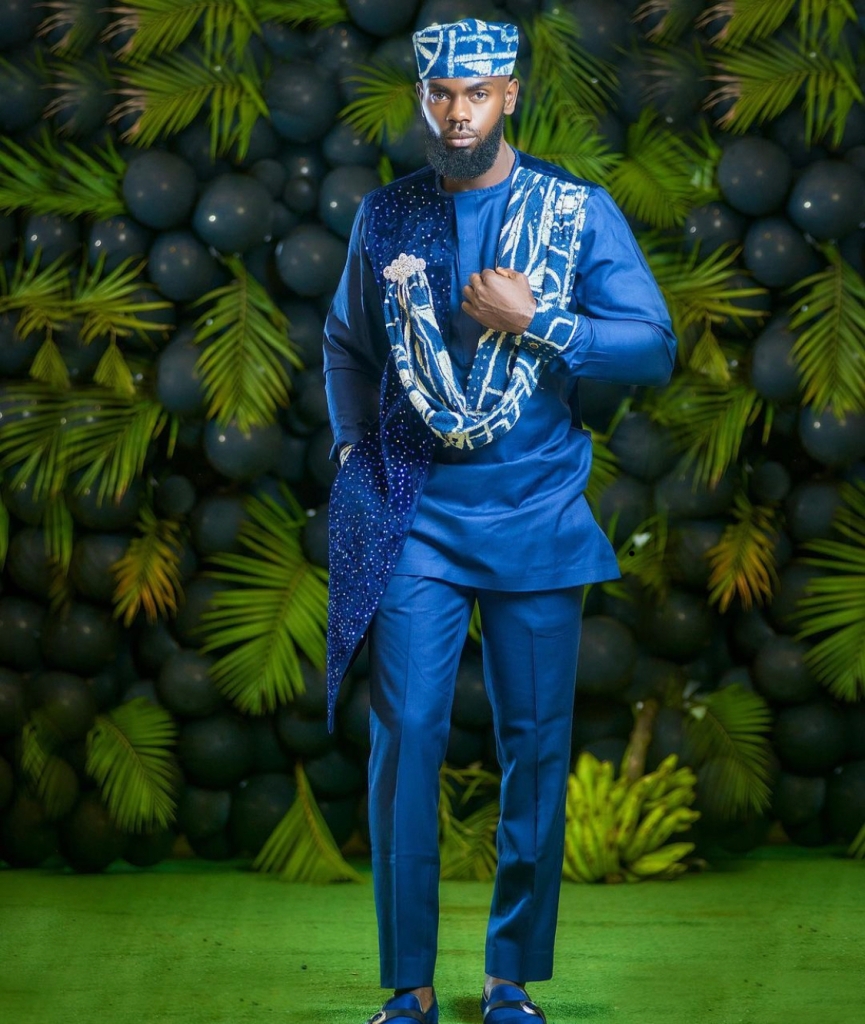
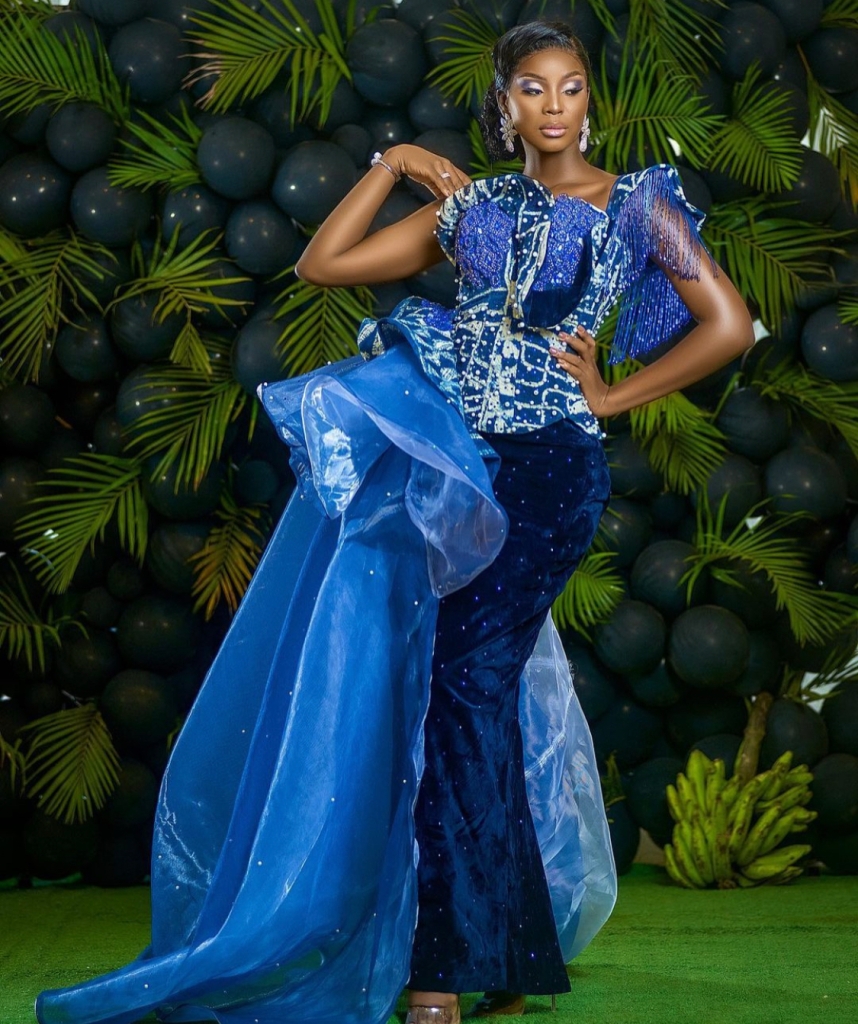
This piece of clothing was initially worn by the elites and on special occasions but over time, it has gained global recognition and is classified as a national heritage of the Cameroonian people.
Boubou
The Boubou is a classic and stylish traditional attire that is popular among Hausa, Fulani, Kanuri, Shoa-Arab, Woddabe ethnic groups of the extreme northern region of Cameroon.
It is a flowing gown which stays at knee length or ankle length, made from one piece of fabric and comes in different shapes and sizes, mostly worn by men. This piece of clothing can also be found worn in other African countries like Chad, Gabon, Nigeria and Senegal.
Written and edited by Ebby

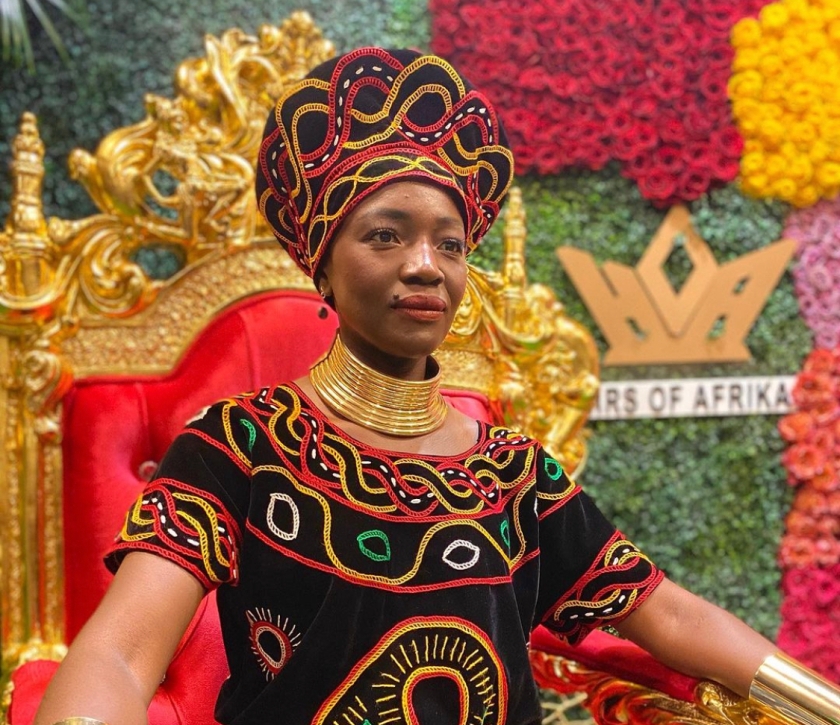
2 comments